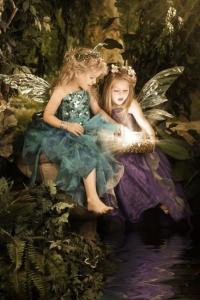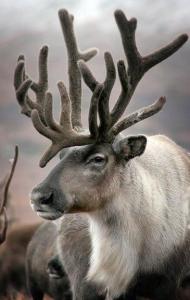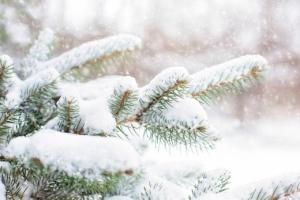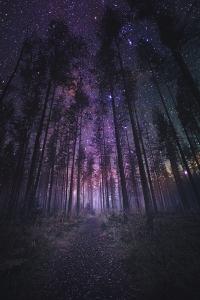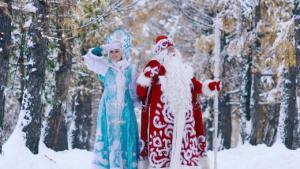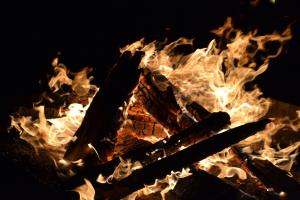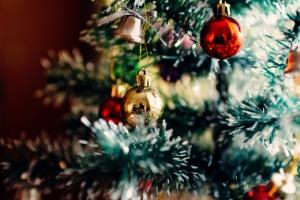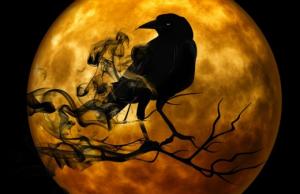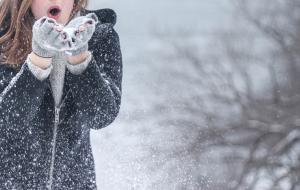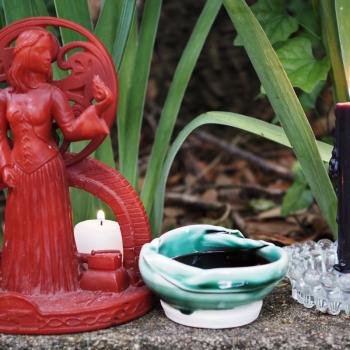Fairies of the Baltic Lands Baltic fairy is known as lauma (singular) (plural laumas). Worship of these creatures in Baltic lands dates back to Mesolithic times and belief in them is even older than the Baltic pantheon with different gods and goddesses. Laumas were servants of Laima the Baltic goddess of faith. Laumas were also closely connected to the Baltic earth goddess Zemyna. Worship of mother earth is ancient and dates back over 30 000 years within Europe. Both Zemyna and... Read more

